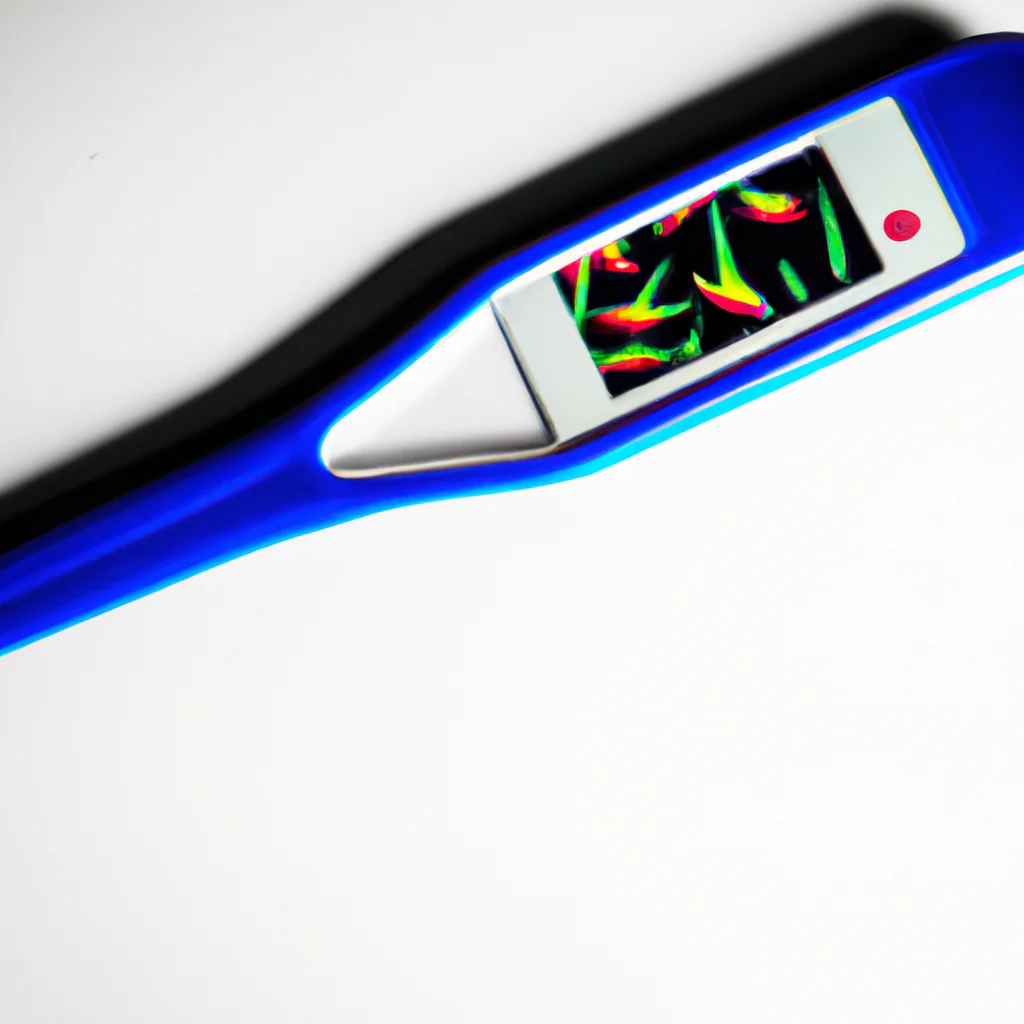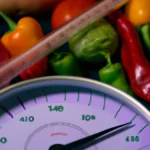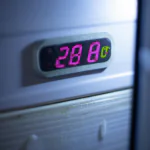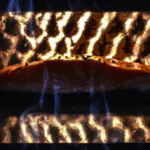Food safety is an important part of any kitchen and proper temperature control is essential to preventing food borne illness. One major concern when it comes to food safety is time-temperature abuse. Time-temperature abuse can occur when food is stored, prepared, or transported at improper temperatures, and can lead to food contamination and food-borne illness. But what is time-temperature abuse and how can it be prevented? In this article, we’ll explore time-temperature abuse and look at best practices for preventing it, so you can ensure that your food stays safe.
Table of Contents
Time-Temperature Abuse – What it is and How to Prevent it
Time-temperature abuse, otherwise known as the temperature danger zone, is when food is held between 70°F and 125°F (21°C and 52°C). When food is stored in this range, pathogens grow at a much faster rate. It’s important to cut down the time food spends in this temperature range in order to keep it safe.
If food has been kept within this range for more than four hours, it’s best to dispose of it as eating it can cause serious illness. Knowing how to safely store food is especially important for restaurants, cafeterias, or other establishments that prepare food for large numbers of people.
In order to ensure safety when preparing meals, follow these tips:
- Refrigerate leftovers as soon as possible. If you are ever in doubt about whether or not you should refrigerate a meal or snack, do so immediately.
- Don’t leave food out for long periods of time. Get all the ingredients ready beforehand so you don’t have to run around while the food is cooking. This way you can keep an eye on the timer and serve meals freshly cooked right away.
- Decrease the amount of time perishable foods sit out. If you are running a cafeteria or restaurant, prepackage meals as much as possible. This way they can be served quickly and safely.
- Inspect food before serving it. Take some time to assess the color and smell of your ingredients. If a dish looks suspicious or has an off smell, don’t serve it!
By following these tips regularly and keeping an eye on temperatures throughout the entire process from preparation to consumption, restaurants can confidently serve up delicious meals without worry.
Which Food Safety Habits Combat Time Temperature Abuse?
Time and temperature abuse of food products can be a major problem when it comes to health and safety. Proper practices are essential to preventing any type of associated risk. There are many different practices that can help prevent time-temperature abuse, but one of the most important is limiting the amount of food that can be removed from a cooler for prepping.
This practice helps keep food products at their optimal temperatures, without any risk of being exposed to unsafe levels. By limiting the amount of food that is removed each time it is needed for prepping, this helps maintain colder temperatures within the cooler. It also reduces the need for frequent trips back and forth to restock supplies.
Maintaining cleanliness, checking temperatures, and sanitation are all other necessary practices that need to be taken in order to prevent any kind of time-temperature abuse. This can help ensure that all surfaces, containers, and appliances are kept clean from bacteria.
To further prevent time-temperature abuse, it is important to make sure that all food items are stored promptly after purchase and cooked or prepared with minimal delay. It is also important to refrigerate or freeze perishable items right away and store them properly.
Here are a few other important practices that can help prevent time temperature abuse:
-
-
- Check temperature often: Using a thermometer to regularly check the temperatures of stored food products.
- Cover food items: Keeping food items covered in airtight containers can help maintain cold temperatures.
- Rotate stock: Regularly rotating stock in a refrigerator to ensure freshness.
- Label items with dates: Labeling stored items with the date it was opened or made.
-
The Dangers of Time Temperature Abuse Explained
Time and temperature abuse is a leading cause of food poisoning due to unsafe food handling practices. This occurs when cooked foods such as meats, fish, pork and poultry are left out at room temperatures where bacteria can begin to grow.
When foods are left at an unsafe temperature, the risk for bacterial growth increases significantly. Bacteria will grow exponentially over time and can quickly become a major health risk. It is important to understand that bacteria can exist in both cooked and uncooked foods.
To keep food safe from the dangers of time and temperature abuse one must follow the 2-hour/ 4-hour rule. For example, within two hours of cooking foods such as pork, beef or poultry should be refrigerated. Foods held hot between 140-165ºF should also be served or refrigerated within two hours.
In addition, leftover foods such as casseroles, soups and stews should only remain at room temperature for no more than four hours before being cooled in the refrigerator. If kept warm in a slow cooker or served from a warming tray, a maximum time of two hours is recommended.
Preventative measures should always be taken when speaking about time and temperature abuse. To prevent foodborne illness try the following tips:
-
-
- Discard: Discard any food that has remained at room temperature for more than two hours (or one hour if it’s hotter than 90°F outside).
- Divide leftovers: Divide large batches of leftovers into small, shallow containers before storing in the refrigerator or freezer as this helps them cool quickly.
- Refrigerate leftovers: Refrigerate or freeze leftovers within two hours.
- Reheat safely: When reheating food, make sure it is heated to 165ºF.
-
By following these safety guidelines you can help protect yourself and your family from time and temperature abuse.
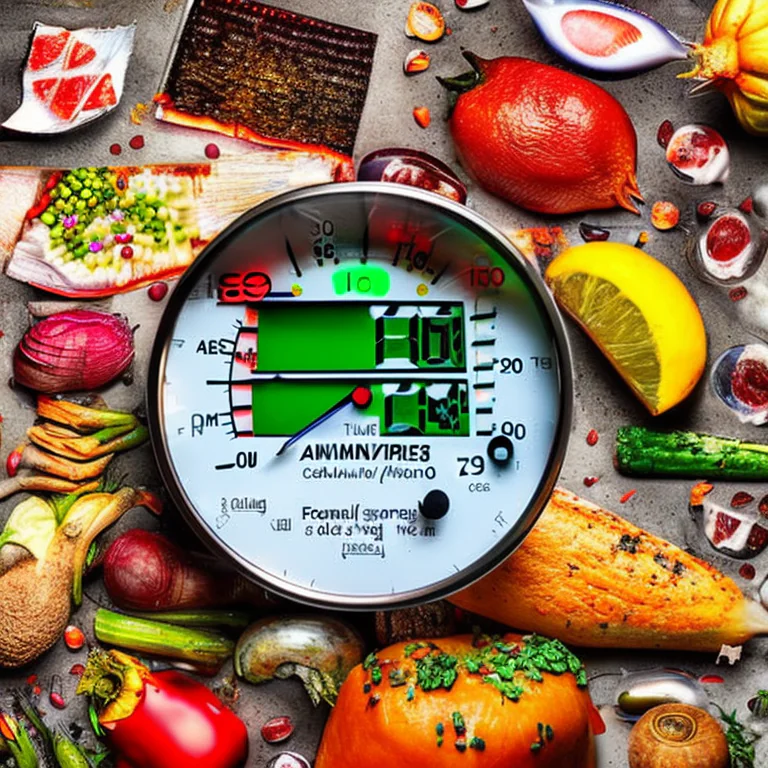
The Best Shield Against Time Temperature Abuse
The answer is simple: a thermometer. Thermometers are the key to helping you monitor and control temperatures, which is the cornerstone of any successful food safety program. There are different types of thermometers designed for different tasks, so it’s important to use the correct type for the food or equipment being checked. Clean and sanitize thermometers before and after each use to ensure accurate and reliable results.
A digital temperature gun is great for quickly taking surface temperatures. This type of thermometer is especially useful for meat and poultry products that need to be cooked to the correct internal temperature. A digital thermometer probe is handy for inserting into foods like roast beef and casseroles. A bimetal dial thermometer is best for monitoring air temperatures in under-counter-refrigerators, freezers, coolers, as well as heating units.
When using a thermometer, it’s important to sanitize it both before and after each use to prevent cross-contamination of bacteria. Follow these steps:
-
-
- Wash the stem with hot, soapy water
- Rinse the stem with running water
- Sanitize the stem with a diluted chlorine solution (Use 1 tablespoon of 5.25% chlorinated bleach per gallon of water)
- Rinse the stem again with running water
- Allowed to air dry on a clean surface
-
Be sure to keep thermometers stored in a dry place out of direct sunlight when not in use. Calibration of your thermometer should be done regularly (every 6 months or so) to make sure readings are accurate. Have your appliance repair technician do it for you or you can check them yourself using a calibration device.
Using a thermometer correctly is essential for preventing time-temperature abuse and ensuring food safety for staff and customers alike. Cleaning, sanitizing, calibrating, and properly storing your thermometers will help fulfill your temperature control requirements.
How to Preserve the Safety of Your Food: The Tips and Tricks for Proper Time Temperature Control
Time and temperature control, commonly referred to as TCS, is necessary for maintaining food safety. Hot TCS food should be maintained at 135 degrees Fahrenheit or higher. If the food is properly cooked roasts, it can be held at 130 degrees Fahrenheit or higher. The cooling process of TCS food must also be followed in order to keep food safe.
To cool TCS food from the target temperature of 135 degrees Fahrenheit, it must be cooled to 70 degrees Fahrenheit or below within two hours. After that initial two hours, the cooling process must continue until the TCS food reaches 41 degrees Fahrenheit or lower within six hours. If a cook prepares TCS foods with ingredients that are room temperature, the food must reach 41 degrees Fahrenheit or lower within four hours.
Keeping an appropriate temperature for hot or cold foods is crucial for safety. A few tips that can help ensure safety when storing hot foods are:
- Covering hot foods with lids or wraps
- Storing in metal containers
- Striving to maintain temperatures between 140 and 165 degrees
When it comes to cold foods, here are a few tips:
- Make sure cold storage units are operational and connected
- Maintain temperatures of cold storage units between 41-45 degrees
It is essential to follow these tips when trying to maintain proper time temperature control. Doing so will ensure that all food remains safe for consumption and prevent any health concerns for consumers. Paying careful attention to mandated guidelines provides the assurance that everyone responsible for food preparation understands their duty in ensuring food safety.
Two Words You Should Fear: food-time temperature abuse
Time and temperature abuse is a critical issue for food safety. Certified Food Safety Professionals (CFSP) are taught to identify and prevent the three ways this type of abuse can occur. Below are two examples of how food can be abused through improper time and temperature handling.
- Holding/Storing at Required Temperatures: Food that is cooked or raw must be stored and held at required temperatures to ensure the food is safe for human consumption. If the food is not held or stored at required temperatures, bacteria can form on the food, making it unsafe to eat.
- Cooking/Reheating to Kill Microorganisms: Food must also be cooked or reheated to a high enough temperature in order to kill microorganisms. If this cooking or reheating process does not reach the required temperature to kill bacteria, then those microorganisms can survive and cause illness.
It is important for trained food safety professionals to understand these examples of time and temperature abuse in order to properly prevent it. While these two examples do not encompass all possibilities of proper time and temperature handling, they are a good start in understanding why mindfully controlling such elements is vital for safe and healthful eating.
